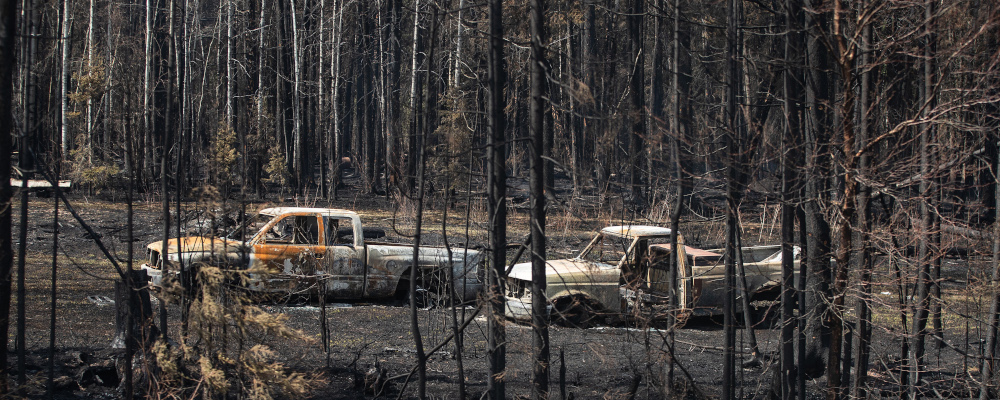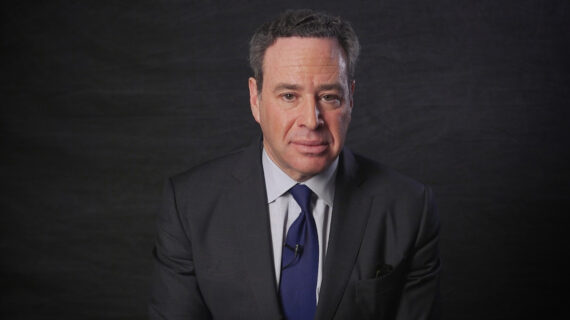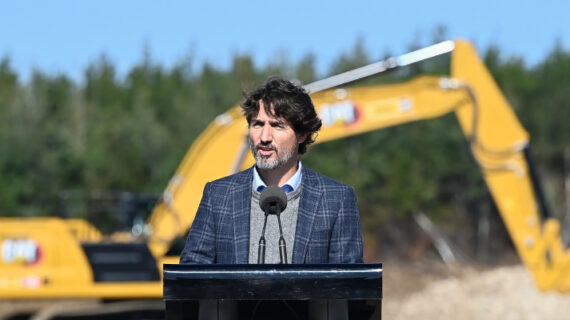When climate change surfaced on the public agenda during the 1990s, it felt to many that this was a problem that could easily be kicked down the road. Governments of many stripes made plans to address it, but implementation was slow.
Today no political party fails to take climate change seriously. While there are strong debates on how to do so, there are no serious debates on whether to do so.
But beyond the conversation of climate mitigation—how much, at what pace, and with what technology to reduce emissions—there is another aspect that hardly anyone seems to be talking about: climate adaptation.
Simply put, climate adaptation means building, or re-building, communities to better handle threats from climate change and extreme weather events. The fallout of these events varies depending on where you live. It might mean fires or floods, droughts, hotter or colder days, or sea-level rise. Adaptation, therefore, means things like forest management, berms, and improved building standards.
This matters because extreme weather events are becoming more frequent and severe. This year in Canada marked the worst wildfire season on record, and heat waves and floods ravaged communities from coast to coast to coast.
And these events have major economic costs.
Take some numbers crunched by the Insurance Bureau of Canada (IBC): “Insured damage related to severe weather in Canada routinely exceeds $2 billion annually. At $3.4 billion, 2022 was the third-worst year on record.” This compares to an average of $400 million annually between 1983 and 2009. In Alberta we know this, having experienced three of the five most expensive natural disasters in Canadian history, all within the past decade.
And that’s just the direct cost. The broader economic impact is just as big. The National Climate Institute estimates that by 2025, Canada’s GDP will be $25 billion lower than it would have been without the impacts of climate events. In the federal government’s own words, climate events are yet another driver of the housing affordability crisis. Insurance costs, or worse, insurance withdrawal, are making housing more expensive. As governments look for solutions to our housing crisis, they should add climate adaptation to their toolbox.
Yet even with all this, climate adaptation is virtually invisible from the public agenda, the dialogue of our nation’s leaders at COP28, and our recent federal fiscal plans.
The reality is that while emissions reduction is essential over the mid-to-long term, no amount of Canadian emissions reduction today will lessen these climate impacts in the near term. Climate adaptation can. It recognizes that fires, floods, and other impacts are going to keep happening, and it is our responsibility to protect Canadians, and the Canadian economy, from the worst effects.
The federal government has made strides in this effort. In June, they unveiled their National Adaptation Strategy.
This strategy identifies national heat events, floods, and wildfires as key climate risks. Earthquakes should be added to that list especially in light of recent news that major insurers are withdrawing earthquake insurance for parts of Vancouver and Victoria, B.C.
The strategy also points out that, “the increasing rate, severity and unpredictability of climate-related natural disasters are straining Canada’s emergency response systems, and impacting the reliability of supply chains, putting our food security and livelihoods at risk.” We need better disaster resilience, so we are “better prepared to prevent, mitigate, respond to and recover from the hazards, risks and consequences of disasters.” We need a “climate-resilient and adaptive health sector” to protect Canadians health and well-being. Our infrastructure needs to be climate-resilient and “undergo continuous adaptation to adjust for future impacts” of climate change. Finally, and perhaps most difficult, our economy needs to “anticipate, manage, adapt and respond to climate change impacts.”
This strategy makes the challenge clear and urgent and contains an impressive suite of ideas and policies to solve it, but like so many ambitious climate mitigation plans of the past, from all parties, implementation has lagged.

We need to translate words into action. So, what needs to be done?
To begin, we need to set goals, and then put in place the policy and invest the money required to meet those goals. That investment will be significant—and will need to involve partnership between government and industry.
We need to move forward with creating the infrastructure, technology, and capability now so we can reduce further climate risks; address the affordability crisis; and ultimately do better for Canadians and for our environment. Canada has taken bold steps in climate mitigation. We need a similar effort today to address climate adaptation.
The good news is that adaptation is an area where we can also get a lot of bang for every dollar invested, with estimates pegging potential return on investment at 30 percent annually, something any business would get excited about
It is time to get climate adaptation on the public agenda as part of our strategy. We cannot afford to kick this down the road any longer.




